GeForce GTX 460 vs Radeon HD 7570
Reasons to consider GeForce GTX 460 |
| Higher theoretical gaming performance, based on specifications. |
| Supports PhysX |
| Based on an outdated architecture (Nvidia Fermi), there are no performance optimizations for current games and applications |
Reasons to consider Radeon HD 7570 |
| 100 watts lower power draw. This might be a strong point if your current power supply is not enough to handle the GeForce GTX 460 . |
| This is a much newer product, it might have better long term support. |
| Based on an outdated architecture (ATI TeraScale), there are no performance optimizations for current games and applications |
HWBench recommends GeForce GTX 460
Based on theoretical specifications.
Core Configuration
| GeForce GTX 460 | Radeon HD 7570 | |||
|---|---|---|---|---|
| GPU Name | GF104 (GF104-300-KB-A1) | vs | Turks (Turks PRO-L) | |
| Fab Process | 40 nm | vs | 40 nm | |
| Die Size | 332 mm² | vs | 118 mm² | |
| Transistors | 1,950 million | vs | 716 million | |
| Shaders | 336 | vs | 480 | |
| Compute Units | 7 | vs | 6 | |
| Core clock | 675 MHz | vs | 650 MHz | |
| ROPs | 32 | vs | 8 | |
| TMUs | 56 | vs | 24 |
Memory Configuration
| GeForce GTX 460 | Radeon HD 7570 | |||
|---|---|---|---|---|
| Memory Type | GDDR5 | vs | GDDR3 | |
| Bus Width | 256 bit | vs | 128 bit | |
| Memory Speed | 900 MHz
3600 MHz effective |
vs | 800 MHz
1600 MHz effective |
|
| Memory Size | 1024 Mb | vs | 1024 Mb |
Additional details
| GeForce GTX 460 | Radeon HD 7570 | |||
|---|---|---|---|---|
| TDP | 160 watts | vs | 60 watts | |
| Release Date | 12 Jul 2010 | vs | 5 Jan 2012 |
-
GeForce GTX 460
9.
45 GP/s
-
Radeon HD 7570
5.20 GP/s
GigaPixels — higher is better
-
GeForce GTX 460
37.80 GT/s
-
Radeon HD 7570
15.60 GT/s
GigaTexels — higher is better
-
GeForce GTX 460
115.00 GB/s
-
Radeon HD 7570
25.60 GB/s
GB/s — higher is better
-
GeForce GTX 460
907.20 GFLOPs
-
Radeon HD 7570
624.00 GFLOPs
GFLOPs — higher is better
| VS | ||
| GeForce GTX 460 | GeForce GT 1030 DDR4 |
| VS | ||
| GeForce GTX 460 | Radeon R7 250X |
| VS | ||
| Radeon HD 7570 | GeForce GT 730 GDDR5 |
| VS | ||
| Radeon HD 7570 | Radeon R7 Graphics IGP (APU A10-7850K) |
| VS | ||
| Radeon R7 360E | GeForce GTX 750 v2 |
| VS | ||
| GeForce GTX 750 v2 | Radeon R7 360 |
Please enable JavaScript to view the comments powered by Disqus.
NVIDIA Quadro K620 vs AMD Radeon HD 7570
Comparative analysis of NVIDIA Quadro K620 and AMD Radeon HD 7570 videocards for all known characteristics in the following categories: Essentials, Technical info, Video outputs and ports, Compatibility, dimensions and requirements, API support, Memory, Technologies.
Benchmark videocards performance analysis: PassMark — G3D Mark, PassMark — G2D Mark, Geekbench — OpenCL, CompuBench 1.5 Desktop — Face Detection (mPixels/s), CompuBench 1.5 Desktop — Ocean Surface Simulation (Frames/s), CompuBench 1.5 Desktop — T-Rex (Frames/s), CompuBench 1.5 Desktop — Video Composition (Frames/s), CompuBench 1.5 Desktop — Bitcoin Mining (mHash/s), GFXBench 4.0 — Car Chase Offscreen (Frames), GFXBench 4.0 — Manhattan (Frames), GFXBench 4.0 — T-Rex (Frames), GFXBench 4.0 — Car Chase Offscreen (Fps), GFXBench 4.0 — Manhattan (Fps), GFXBench 4.0 — T-Rex (Fps), 3DMark Fire Strike — Graphics Score.
NVIDIA Quadro K620
Buy on Amazon
vs
AMD Radeon HD 7570
Buy on Amazon
Differences
Reasons to consider the NVIDIA Quadro K620
- Videocard is newer: launch date 2 year(s) 6 month(s) later
- Around 63% higher core clock speed: 1058 MHz vs 650 MHz
- Around 15% higher texture fill rate: 17.
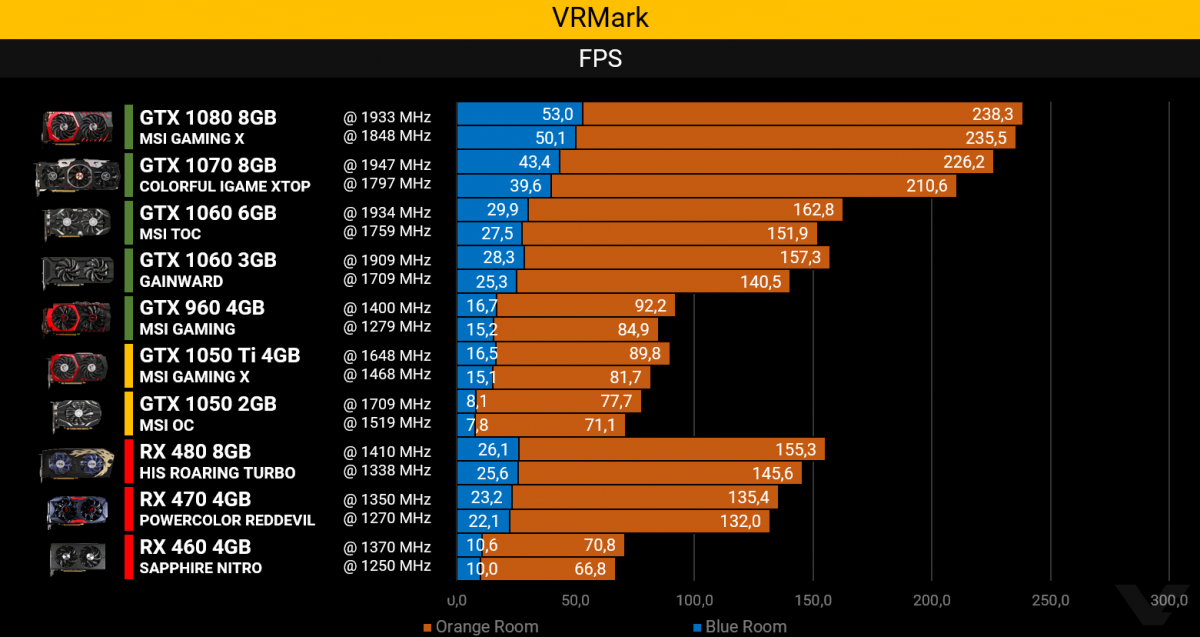 98 GTexel / s vs 15.6 GTexel / s
98 GTexel / s vs 15.6 GTexel / s - Around 38% better floating-point performance: 863.2 gflops vs 624 gflops
- A newer manufacturing process allows for a more powerful, yet cooler running videocard: 28 nm vs 40 nm
- Around 46% lower typical power consumption: 41 Watt vs 60 Watt
- Around 13% higher memory clock speed: 1800 MHz vs 1600 MHz
- 3.7x better performance in PassMark — G3D Mark: 2249 vs 608
- Around 84% better performance in PassMark — G2D Mark: 471 vs 256
- 5.1x better performance in Geekbench — OpenCL: 6869 vs 1344
- 4.5x better performance in CompuBench 1.5 Desktop — Face Detection (mPixels/s): 22.112 vs 4.874
- Around 15% better performance in CompuBench 1.5 Desktop — Ocean Surface Simulation (Frames/s): 297.631 vs 259.769
- 2.9x better performance in CompuBench 1.5 Desktop — T-Rex (Frames/s): 1.427 vs 0.487
- Around 9% better performance in CompuBench 1.5 Desktop — Video Composition (Frames/s): 15.363 vs 14.
/data/C2_hi_1600.png) 033
033 - Around 73% better performance in CompuBench 1.5 Desktop — Bitcoin Mining (mHash/s): 99.125 vs 57.396
- 2.1x better performance in GFXBench 4.0 — Car Chase Offscreen (Frames): 2970 vs 1389
- 2.1x better performance in GFXBench 4.0 — Car Chase Offscreen (Fps): 2970 vs 1389
| Launch date | 22 July 2014 vs 5 January 2012 |
| Core clock speed | 1058 MHz vs 650 MHz |
| Texture fill rate | 17.98 GTexel / s vs 15.6 GTexel / s |
| Floating-point performance | 863.2 gflops vs 624 gflops |
| Manufacturing process technology | 28 nm vs 40 nm |
| Thermal Design Power (TDP) | 41 Watt vs 60 Watt |
| Memory clock speed | 1800 MHz vs 1600 MHz |
| PassMark — G3D Mark | 2249 vs 608 |
| PassMark — G2D Mark | 471 vs 256 |
| Geekbench — OpenCL | 6869 vs 1344 |
CompuBench 1. 5 Desktop — Face Detection (mPixels/s) 5 Desktop — Face Detection (mPixels/s) |
22.112 vs 4.874 |
| CompuBench 1.5 Desktop — Ocean Surface Simulation (Frames/s) | 297.631 vs 259.769 |
| CompuBench 1.5 Desktop — T-Rex (Frames/s) | 1.427 vs 0.487 |
| CompuBench 1.5 Desktop — Video Composition (Frames/s) | 15.363 vs 14.033 |
| CompuBench 1.5 Desktop — Bitcoin Mining (mHash/s) | 99.125 vs 57.396 |
| GFXBench 4.0 — Car Chase Offscreen (Frames) | 2970 vs 1389 |
| GFXBench 4.0 — Car Chase Offscreen (Fps) | 2970 vs 1389 |
Reasons to consider the AMD Radeon HD 7570
- Around 25% higher pipelines: 480 vs 384
- Around 9% better performance in GFXBench 4.
 0 — Manhattan (Frames): 2724 vs 2490
0 — Manhattan (Frames): 2724 vs 2490 - Around 1% better performance in GFXBench 4.0 — T-Rex (Frames): 3355 vs 3329
- Around 9% better performance in GFXBench 4.0 — Manhattan (Fps): 2724 vs 2490
- Around 1% better performance in GFXBench 4.0 — T-Rex (Fps): 3355 vs 3329
| Pipelines | 480 vs 384 |
| GFXBench 4.0 — Manhattan (Frames) | 2724 vs 2490 |
| GFXBench 4.0 — T-Rex (Frames) | 3355 vs 3329 |
| GFXBench 4.0 — Manhattan (Fps) | 2724 vs 2490 |
| GFXBench 4.0 — T-Rex (Fps) | 3355 vs 3329 |
Compare benchmarks
GPU 1: NVIDIA Quadro K620
GPU 2: AMD Radeon HD 7570
| PassMark — G3D Mark |
|
|
||||
| PassMark — G2D Mark |
|
|
||||
| Geekbench — OpenCL |
|
|
||||
CompuBench 1.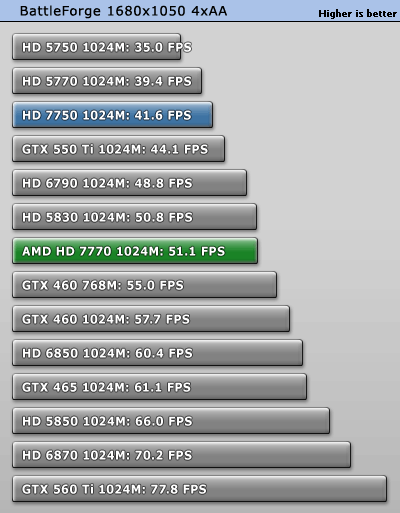 5 Desktop — Face Detection (mPixels/s) 5 Desktop — Face Detection (mPixels/s) |
|
|
||||
| CompuBench 1.5 Desktop — Ocean Surface Simulation (Frames/s) |
|
|
||||
| CompuBench 1.5 Desktop — T-Rex (Frames/s) |
|
|
||||
CompuBench 1.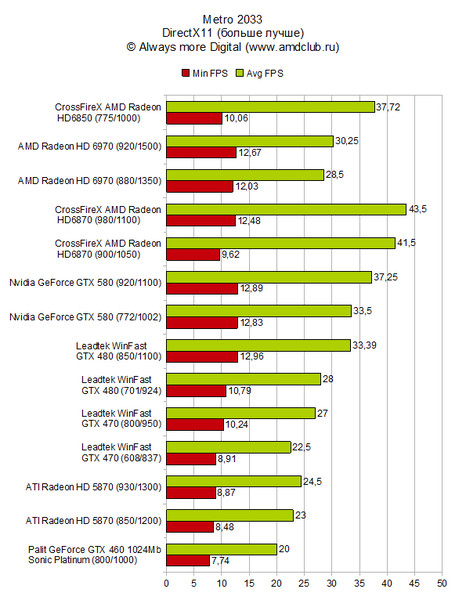 5 Desktop — Video Composition (Frames/s) 5 Desktop — Video Composition (Frames/s) |
|
|
||||
| CompuBench 1.5 Desktop — Bitcoin Mining (mHash/s) |
|
|
||||
| GFXBench 4.0 — Car Chase Offscreen (Frames) |
|
|
||||
GFXBench 4.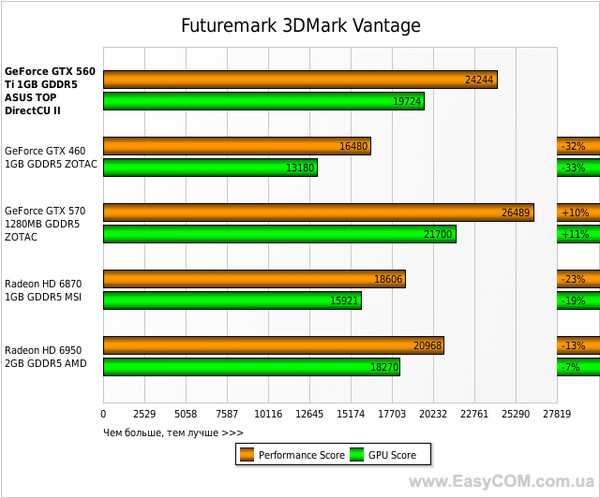 0 — Manhattan (Frames) 0 — Manhattan (Frames) |
|
|
||||
| GFXBench 4.0 — T-Rex (Frames) |
|
|
||||
| GFXBench 4.0 — Car Chase Offscreen (Fps) |
|
|
||||
GFXBench 4. 0 — Manhattan (Fps) 0 — Manhattan (Fps) |
|
|
||||
| GFXBench 4.0 — T-Rex (Fps) |
|
|
| Name | NVIDIA Quadro K620 | AMD Radeon HD 7570 |
|---|---|---|
| PassMark — G3D Mark | 2249 | 608 |
| PassMark — G2D Mark | 471 | 256 |
| Geekbench — OpenCL | 6869 | 1344 |
CompuBench 1. 5 Desktop — Face Detection (mPixels/s) 5 Desktop — Face Detection (mPixels/s) |
22.112 | 4.874 |
| CompuBench 1.5 Desktop — Ocean Surface Simulation (Frames/s) | 297.631 | 259.769 |
| CompuBench 1.5 Desktop — T-Rex (Frames/s) | 1.427 | 0.487 |
| CompuBench 1.5 Desktop — Video Composition (Frames/s) | 15.363 | 14.033 |
| CompuBench 1.5 Desktop — Bitcoin Mining (mHash/s) | 99.125 | 57.396 |
| GFXBench 4.0 — Car Chase Offscreen (Frames) | 2970 | 1389 |
GFXBench 4. 0 — Manhattan (Frames) 0 — Manhattan (Frames) |
2490 | 2724 |
| GFXBench 4.0 — T-Rex (Frames) | 3329 | 3355 |
| GFXBench 4.0 — Car Chase Offscreen (Fps) | 2970 | 1389 |
| GFXBench 4.0 — Manhattan (Fps) | 2490 | 2724 |
| GFXBench 4.0 — T-Rex (Fps) | 3329 | 3355 |
| 3DMark Fire Strike — Graphics Score | 702 |
Compare specifications (specs)
| NVIDIA Quadro K620 | AMD Radeon HD 7570 | |
|---|---|---|
| Architecture | Maxwell | TeraScale 2 |
| Code name | GM107 | Turks |
| Launch date | 22 July 2014 | 5 January 2012 |
| Launch price (MSRP) | $189. 89 89 |
|
| Place in performance rating | 844 | 1148 |
| Price now | $189.93 | |
| Type | Workstation | Desktop |
| Value for money (0-100) | 15.23 | |
| Boost clock speed | 1124 MHz | |
| Core clock speed | 1058 MHz | 650 MHz |
| Floating-point performance | 863.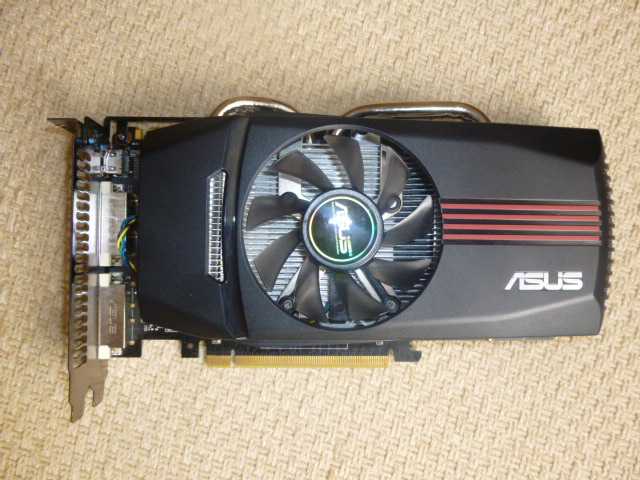 2 gflops 2 gflops |
624 gflops |
| Manufacturing process technology | 28 nm | 40 nm |
| Pipelines | 384 | 480 |
| Texture fill rate | 17.98 GTexel / s | 15.6 GTexel / s |
| Thermal Design Power (TDP) | 41 Watt | 60 Watt |
| Transistor count | 1,870 million | 716 million |
| Display Connectors | 1x DVI, 1x DisplayPort, DVI-I DP | 1x DVI, 1x HDMI, 1x VGA |
| Number of simultaneous displays | 4 | |
| Interface | PCIe 2.
|
